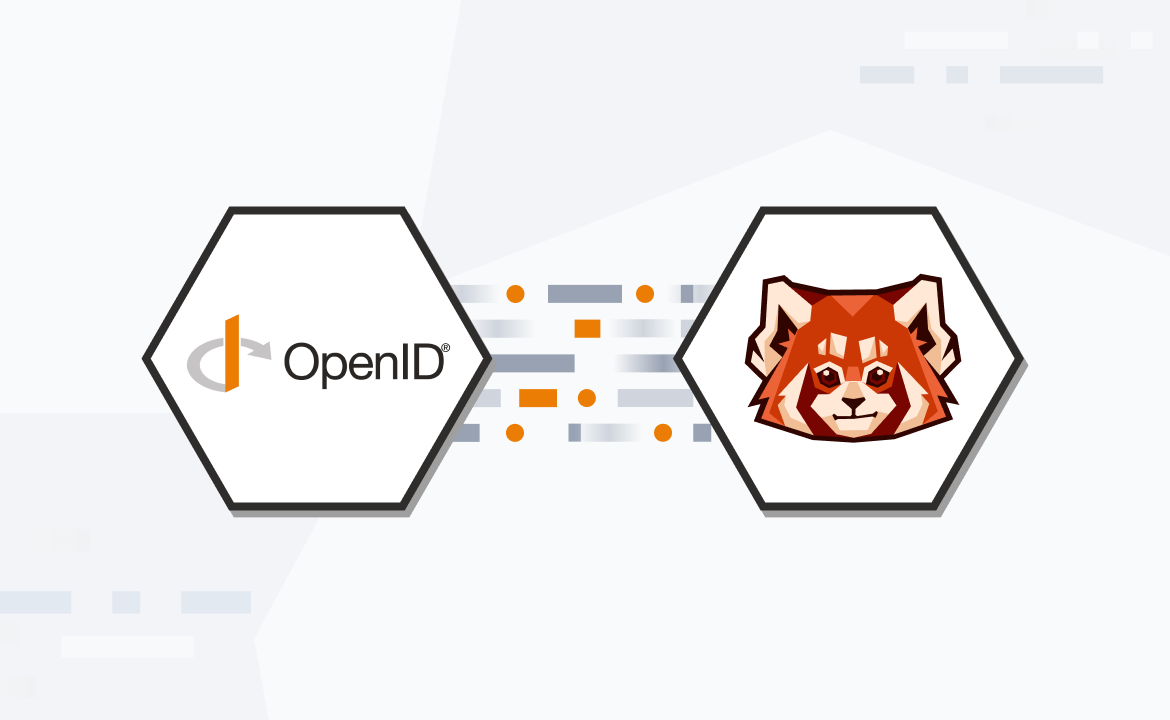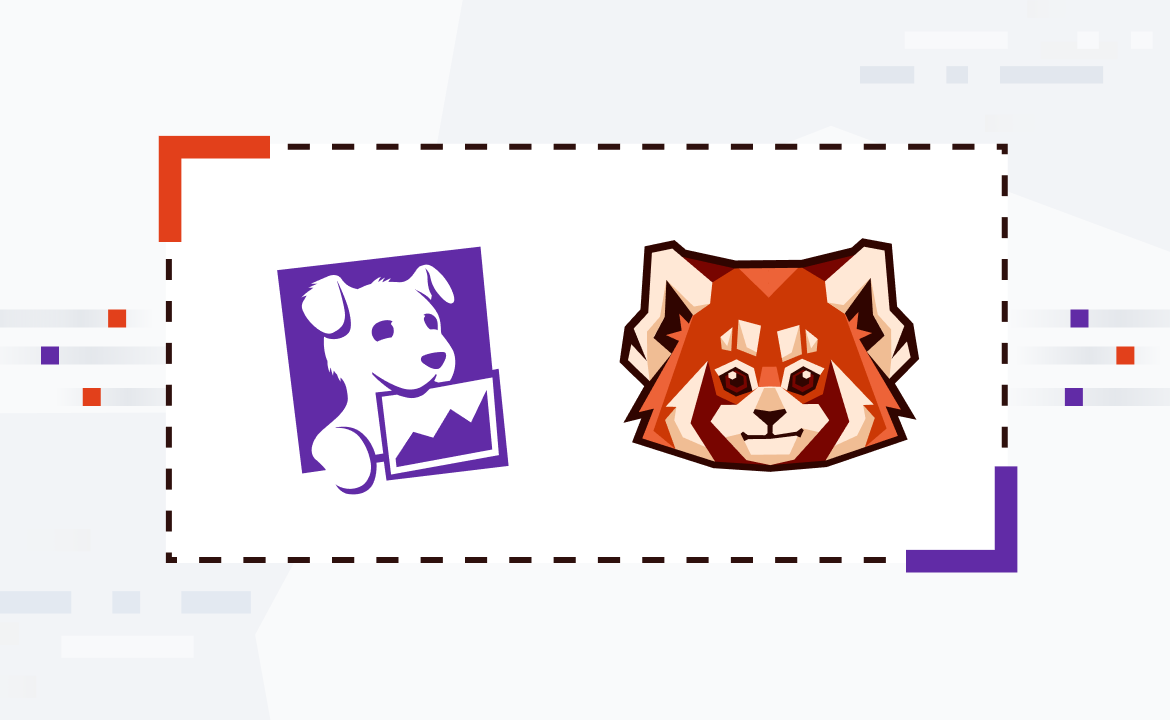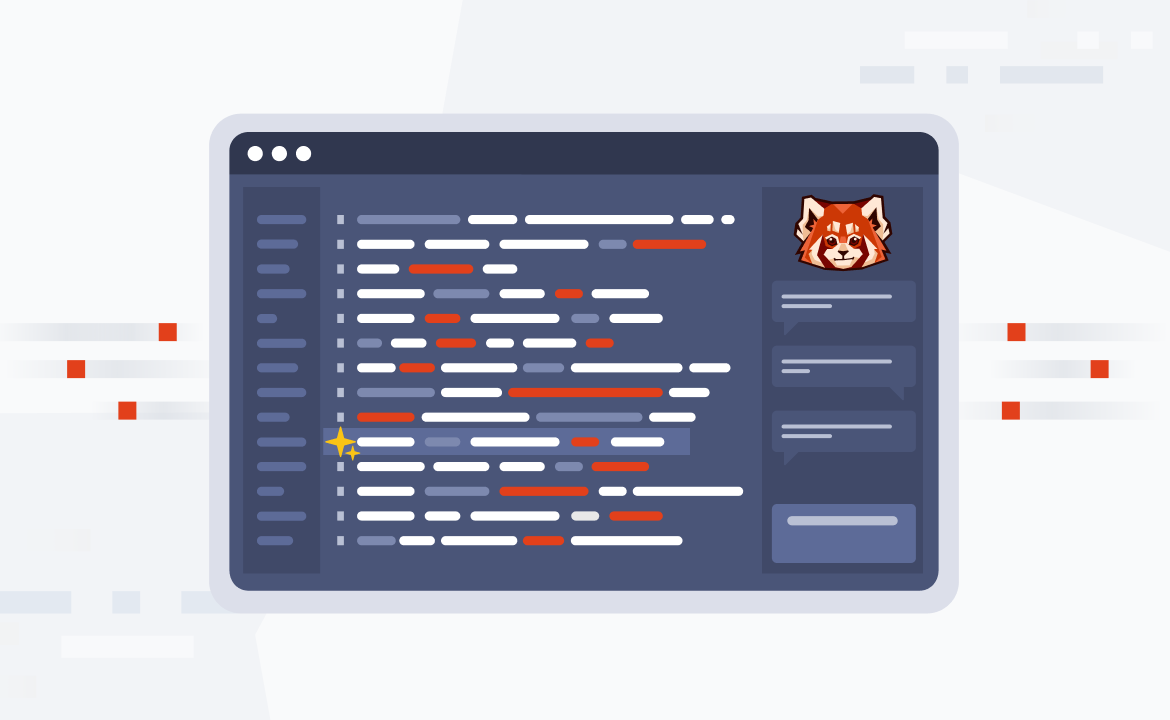
Real-time data processing: How it works
Learn how real-time data processing fuels innovation across high-stakes industries.

Real-time data processing has become a game-changer for organizations trying to keep up with the massive amounts of data generated every second. Whether it’s a click on a website, a transaction in a fintech app, a temperature sensor reading, or a social media interaction, these constant streams of data can pile up fast. For businesses, this flood of information is a goldmine — but only if they can harness it in real time.
In this blog post, we’ll break down what real-time data processing is, why it matters, how it works, and share some real-world examples of how it’s making an impact across different industries.
What is real-time data processing?
Real-time data processing refers to the continuous ingestion, analysis, and output of data as it is created. Unlike batch processing, where data gets handled in chunks at set times, real-time processing delivers insights and actions almost immediately after the data comes in. This quick, low-latency approach helps organizations remain agile and respond to changes or events as they happen, making decisions more quickly and effectively.
Why is real-time data processing important?
Real-time data processing turns raw data into actionable insights almost instantly. Here’s why that matters:
- Better customer experiences: Real-time personalization, like dynamic product recommendations, keeps customers engaged and coming back.
- More agility: Immediate insights mean businesses can jump on opportunities or tackle issues right away.
- Staying competitive: In fast-moving industries like finance or eCommerce, real-time processing is a must to stay ahead of the game.
For example, streaming platforms like Redpanda help businesses process large volumes of data in real time. This real-time processing enables them to monitor financial transactions for fraud, track supply chain operations, and deliver hyper-personalized marketing campaigns.
How real-time data processing works
Real-time data processing relies on specialized architectures that process and manage continuous data streams. Here are the three main building blocks that make it happen:
Event streaming platforms
Event streaming platforms are the backbone of real-time data pipelines. They ingest high-throughput data, organize it into topics, and distribute it to users. Redpanda, for instance, simplifies this process with a Kafka™-compatible architecture that minimizes complexity and maximizes performance.
Stream processing engines
These engines analyze data streams in motion. They handle tasks like filtering, aggregating, and even running machine learning models to uncover insights — all without waiting for the data to land in storage systems.
Real-time databases
Real-time databases store processed data and merge it with historical data for richer insights. Designed for super-fast reads and writes, these databases are key for running complex queries and powering user-facing analytics in real time.
H2: Applications and use cases for real-time data processing
Real-time data processing is making waves in a variety of industries. Here are some of its most impactful applications:
Personalized user experiences
Retailers and streaming services use real-time analytics to deliver personalized recommendations on the spot, keeping customers happy and driving sales. For instance, an eCommerce platform might suggest add-ons or complementary products as soon as you add something to your cart.
Fraud detection
Banks and financial institutions rely on real-time data to catch fraud in action. By analyzing patterns and flagging anomalies in the moment, these systems protect customers and businesses from major losses.
eCommerce
Dynamic pricing is a game-changer in eCommerce. Real-time data helps retailers adjust prices on the fly based on demand, competition, or inventory. For example, a store might raise the price of a hot-selling item during a surge in demand to boost profits.
Operational logistics
In logistics and supply chain management, real-time data keeps things running smoothly. Delivery companies, for example, use live tracking to avoid traffic and optimize routes, shaving time off deliveries and improving customer satisfaction.
Healthcare
In healthcare, real-time data can save lives. Patient monitors and wearable devices can alert doctors to issues like irregular heartbeats or oxygen drops immediately. Diagnostic software can also process streaming data from imaging tools to assist in the early detection of conditions like tumors, leading to faster and more accurate treatment.
Get started with Redpanda’s streaming data platform
Real-time data processing can seem complicated, but it's not if you're using the right tools. Redpanda's streaming data platform is a simple, powerful, developer-friendly solution for managing data streams at any scale. It’s fully compatible with Kafka APIs, but without the technical headaches of traditional systems — so you get top-notch performance and efficiency without the hassle.
With Redpanda Serverless, you can spin up in seconds and start streaming right away, so if you're ready to get serious with real-time data processing. take Redpanda for a free spin. If you get stuck, ask away in the Redpanda Community on Slack.
Related articles
VIEW ALL POSTSLet's keep in touch
Subscribe and never miss another blog post, announcement, or community event. We hate spam and will never sell your contact information.














.png)

